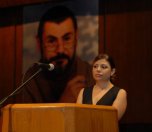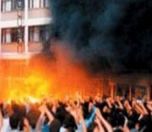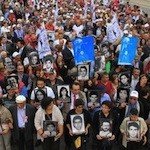Convict who started the fire at Madımak Hotel in Sivas may be released
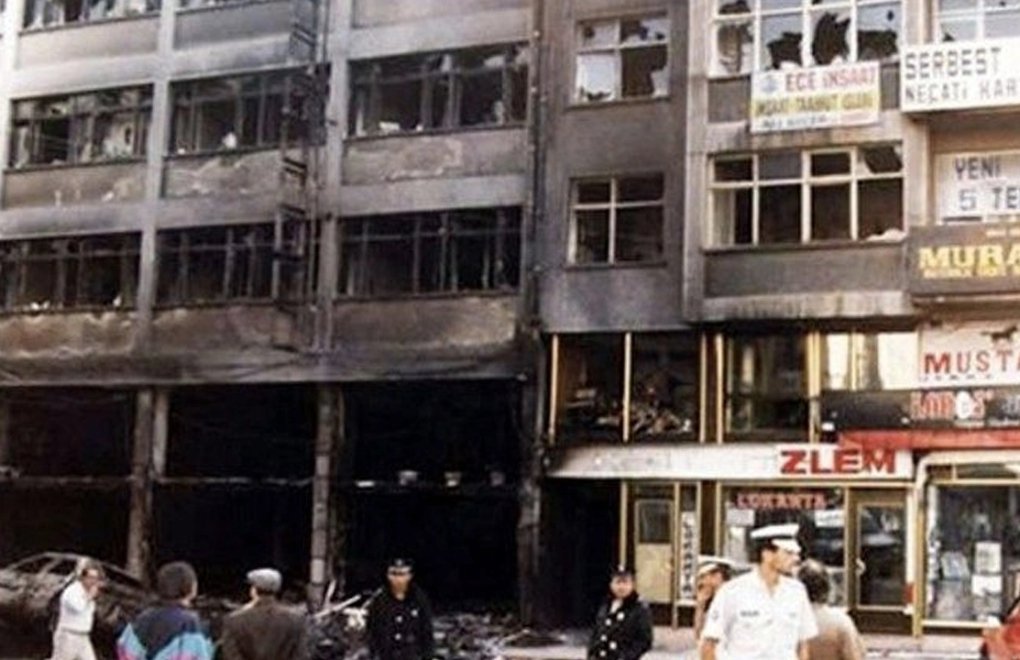
Click to read the article in Turkish
The Constitutional Court (AYM), gave a ruling upon the application of a convict in the case related to the burning of the Madımak hotel in Sivas on July 2, 1993, resulting in the killing of 33 people among whom were intellectuals, authors, and artists, including minors.
The new ruling of the supreme court opens the way for Yunis Karataş, designated as the person who lit the fire with a lighter, who had been sentenced to death at first, which was changed to life imprisonment after the death penalty was abolished, to be released on parole.
Karakaş had previously applied to the Sivas Office of Judge of Execution in order to be released on parole which was rejected by the office.
The Office of Judge had ruled that Karataş cannot be released on parole because he is a "terror convict." Upon this, Karataş made an individual application to AYM.
AYM examined Karataş's application and ruled that aggravated life imprisonment conditions will continue, and conditional release will not be possible for terror verdicts, but that Karatş could not be evaluated as a "terror verdict."
AYM stated that there is no terrorist organization in the Sivas Massacre and that without a terrorist organization, one could not be a terror verdict. The supreme court decided that the principle of "lawfulness in crimes and punishments" had been violated in the verdict given for Karataş.
AYM pointed at the Constitution for release on parole
In the ruling that the supreme court gave unanimously, the following evaluations have been made:
"Whether or not conditional release provisions can be applied affects the length of time that the punishment will be exercised in prison, therefore it turns into an issue that changes the scope of the aggravated life imprisonment sentence ruled for the applicant. Therefore the evaluation has to be done in the framework of Article 38 of the Constitution."
The issue about the current case is whether or not conditional release provisions can be applied in the case of aggravated life imprisonment, which the first-degree court ruled was not possible. The examination to be made at AYM will be to identify if this judgment by the court is in line with the first paragraph of Article 38 of the Constitution."
"What is important is the person to be a terror convict"
The supreme court ruled, "What is important in being eligible to take advantage of conditional release provisions or not, is not the crime to be a terror crime, but the person who committed the crime to be a terror convict. Article 2 of the Law No. 3173 defines a terror convict as someone who commits a crime with others or alone, in line with the purposes defined in Article 1 of this Law, or even if not committing a crime, someone who belongs to the organization, and those who commit a crime in the name of the terrorist organization even when they do not belong to the organization.
"It is understood from the preamble of Article 2 that a definite organization should be present for one to be a terror verdict."
"Not a member of any organization"
AYM also stated in its ruling, "For us to be able to talk about a terror convict, the person has to be a member of any of the organizations established in order to reach the aims set forth in Article 1 of Law number 3173, or to commit the crime in the name of these organizations. When the verdict on the applicant is examined, it was not concluded that he was a member of any organization or committed the crime in the name of any organization. The term "terror convict" has been interpreted by Office of Judge of Execution in a way that contradicts the essence of the law and in an unpredictable way."
About Sivas Massacre and its judicial process
On July 2, 1993, 37 people, including 33 artists and writers, 2 hotel workers and 2 attackers, lost their lives in the fire that started at Madımak Hotel in Sivas. 33 intellectuals were there to attend the Pir Sultan Abdal festivities. 65 people, including 14 police officers, got wounded in the fire.
124 people were arrested in relation to the fire. In the seven-year trial process, 33 people were sentenced to death and 85 people were given prison sentences of 2 to 15 years. 37 defendants were acquitted. The death sentences of 33 people were converted to aggravated life sentences.
On March 13, 2012, the Ankara 11th Heavy Penal Court dropped the charges of the Sivas Massacre trial in line with the prosecutor's demand to apply the statute of limitations to the case.
As the 9th Penal Chamber of the Court of Cassation upheld the verdict on the violation of the statute of limitations, lawyer Şenal Sarıhan took the case to the Constitutional Court in 2014. However, the court has not yet announced its judgment. In response, lawyer Sarıhan has appealed to the Constitutional Court regarding the long judicial processes. (HA/PE)




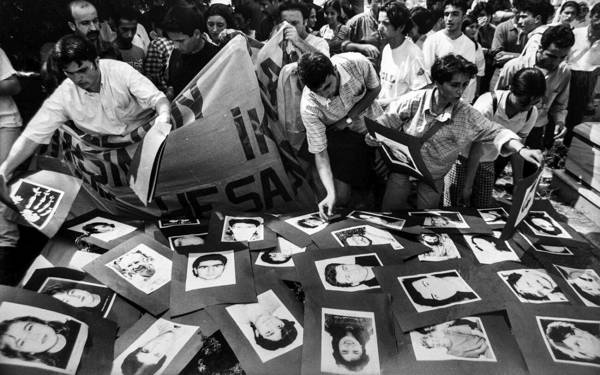
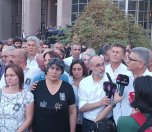
.jpg)
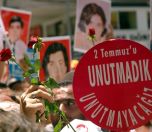
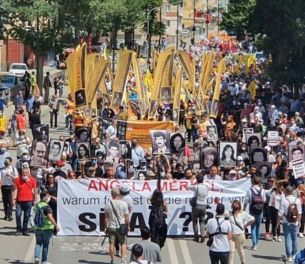
scs.jpg)

